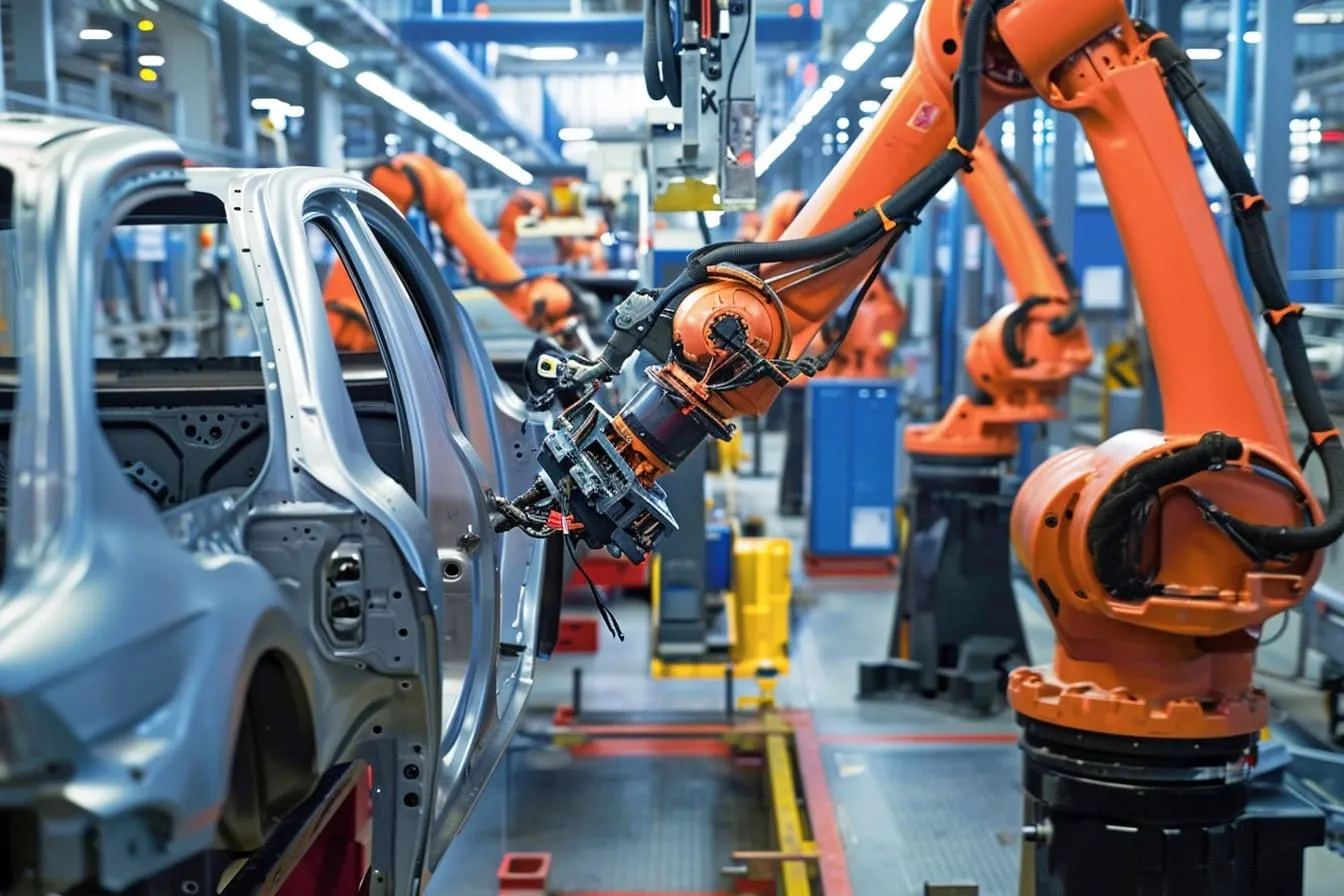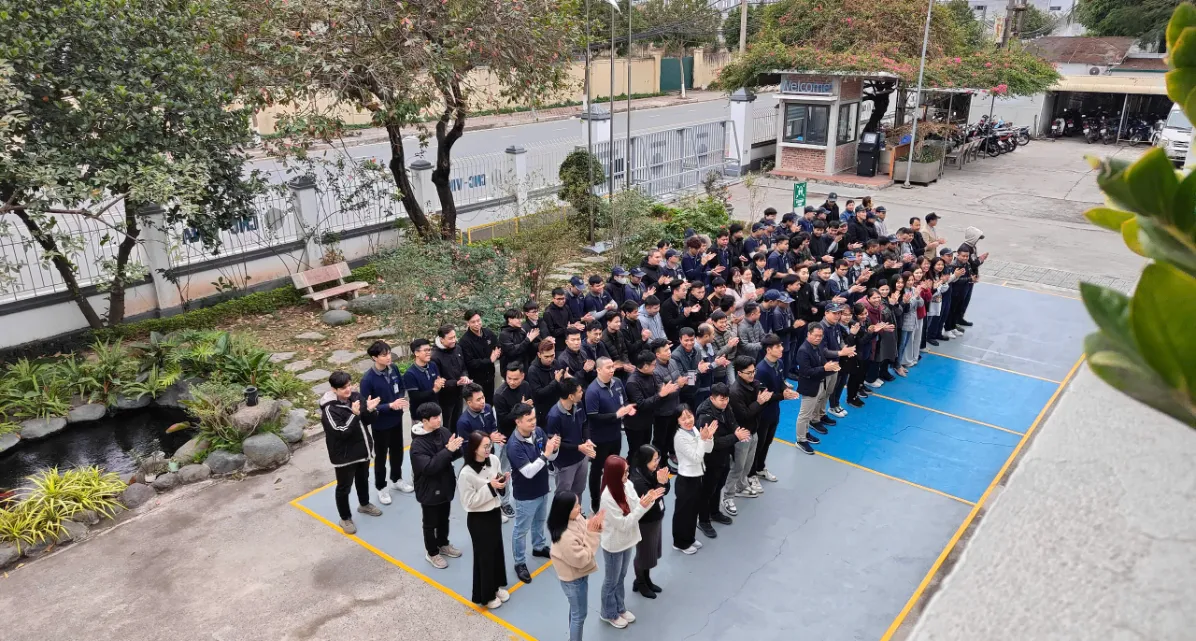Metal pressing technology is one of the most important machining methods in the mechanical engineering industry. This process uses specialized pressing machines and dies to shape metal sheets into desired forms through the application of compressive force. The technique can be performed at high speeds, enabling the mass production of highly precise products at an optimized cost.
Due to its wide range of applications, metal preesing plays a crucial role in various key industries such as automotive, aerospace, electronics, and precision engineering. From small components like phone casings and electronic circuit boards to larger parts such as car frames and aircraft engine covers, metal pressing is a vital manufacturing method.
So, what are the different metal pressing techniques, and how do they work? Let’s explore with PWP Solution in the article below!
The metal pressing process consists of multiple steps, from material preparation to product finishing. To gain a better understanding, we can analyze the key stages as follows:
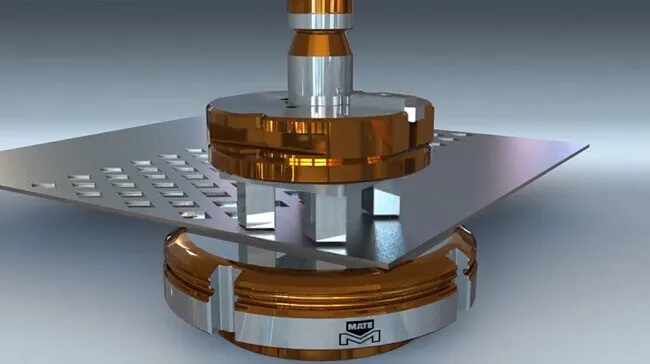
There are several different pressing techniques, including:
Progressive pressing: A continuous metal strip moves through multiple pressing stations, creating a finished product efficiently. This method is ideal for high-volume production.
Transfer pressing: The metal blank is transferred from one station to another along a production line, undergoing different machining operations.
Deep pressing: The metal sheet is stretched into a three-dimensional shape without breaking the material, commonly used for manufacturing metal cans, automotive parts, and aerospace components.
Metal pressing technology is present in almost all major industries. Some typical applications include:
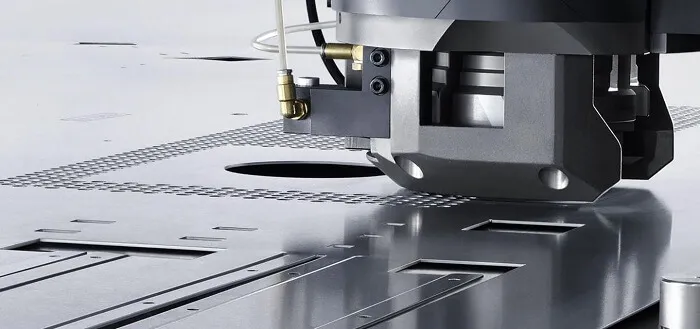
Metal preesing is widely used in manufacturing car components such as frames, body panels, engine parts and transmission systems.
Parts like engine mounts, hoods, and bumpers are produced using pressing technology to ensure durability and aesthetic appeal.
Metal pressing helps produce high-strength components such as aircraft frames, engine covers, and heat shields.
Critical components in wings, doors and fuselage compartments are also manufactured using this method to ensure precision and optimal durability.
Metal pressing is applied in the production of phone casings, computer parts, electronic circuit boards, connectors, and many other small details.
With the demand for mass production, metal pressing is an ideal method for creating compact, precise components at a low cost.
Metal pressing technology offers many advantages compared to other machining methods:
Advancements in modern technology have brought significant innovations to the metal pressing industry: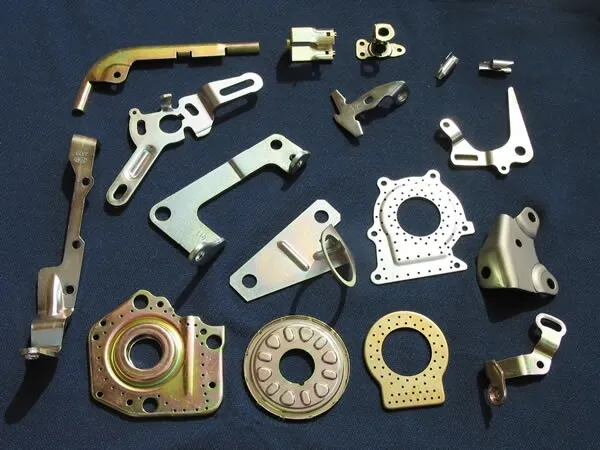
The metal pressing industry is evolving toward more sustainable and advanced manufacturing trends, including:
Metal pressing technology is not only an efficient manufacturing method but also a fundamental process in many modern industries. With advancements in automation and the emergence of new materials, metal pressing is becoming increasingly sophisticated, enhancing both efficiency and product quality. If you need expert guidance on the best metal pressing method for your product, contact PWP Solution today for detailed consultation!
